Learn Your Winter Landscape

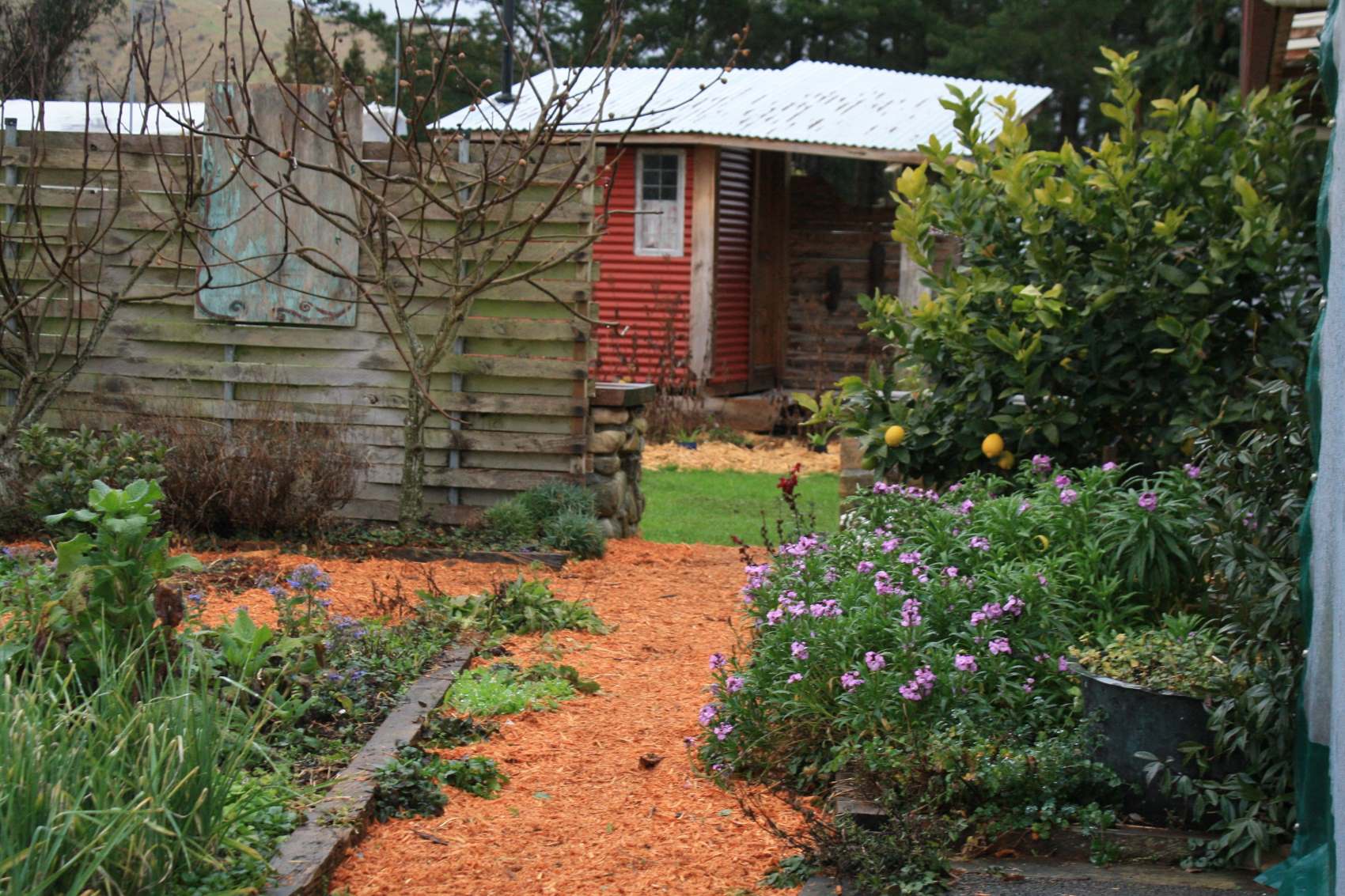
The shady, the sunny, the frosty, the soggy - how well do you know your winter landscape? Ideally, really well. Are the plants that need winter sun and warmth located in it? Take the opportunity! Winter comes but once a year.
Timing is everything. Shady by itself means not much, but when you attach a time of day and a month to it, it becomes meaningful, useful.
- Lets say your front garden is in winter shade until 10am, and then again from 3.30 in the afternoon. A citrus would be happy as with that, sun from 10 until 3.30.
- How about if your garden is in winter shade until midday, saw about an hour of sun before the shade returned at about 1pm, nope, that's no place for a sun loving citrus. The site is better suited to a deciduous fruit tree or berries. What a difference to health and productivity, when we give our plants what they need.
Winter Sun
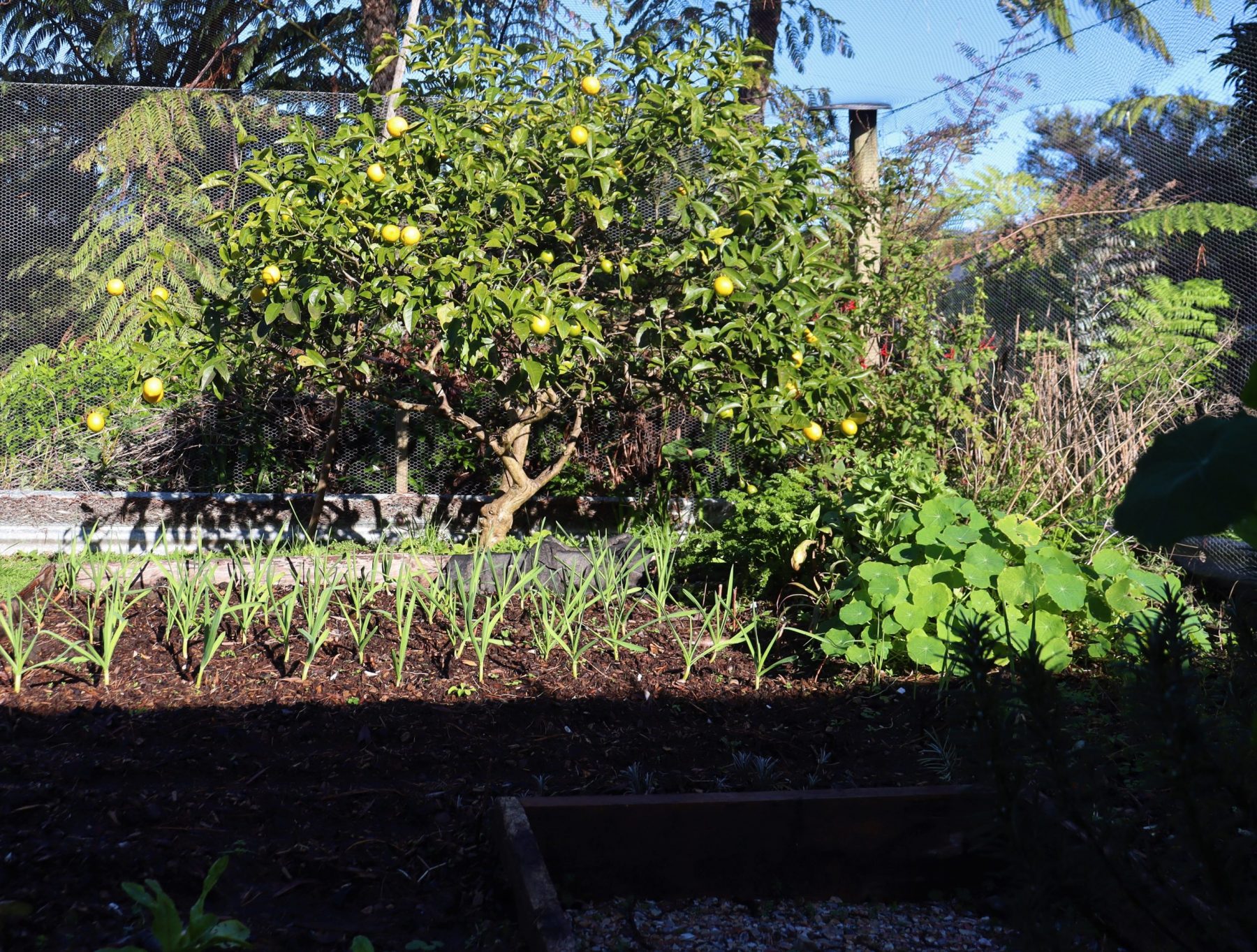
Winter sun is a food gardeners best asset. Fruitful wood, ripening, best health and growth are all driven by light, it's natures engine room!
Aim for 10am - 2pm winter sun for all these guys:
- avocado, citrus, tamarillo
- vegie beds + the greenhouse
- wormfarms + compost bins
- pastured animals and chicken house + run - don't leave them languishing in cold winter shade, it's summer shade, they need.
Winter shade
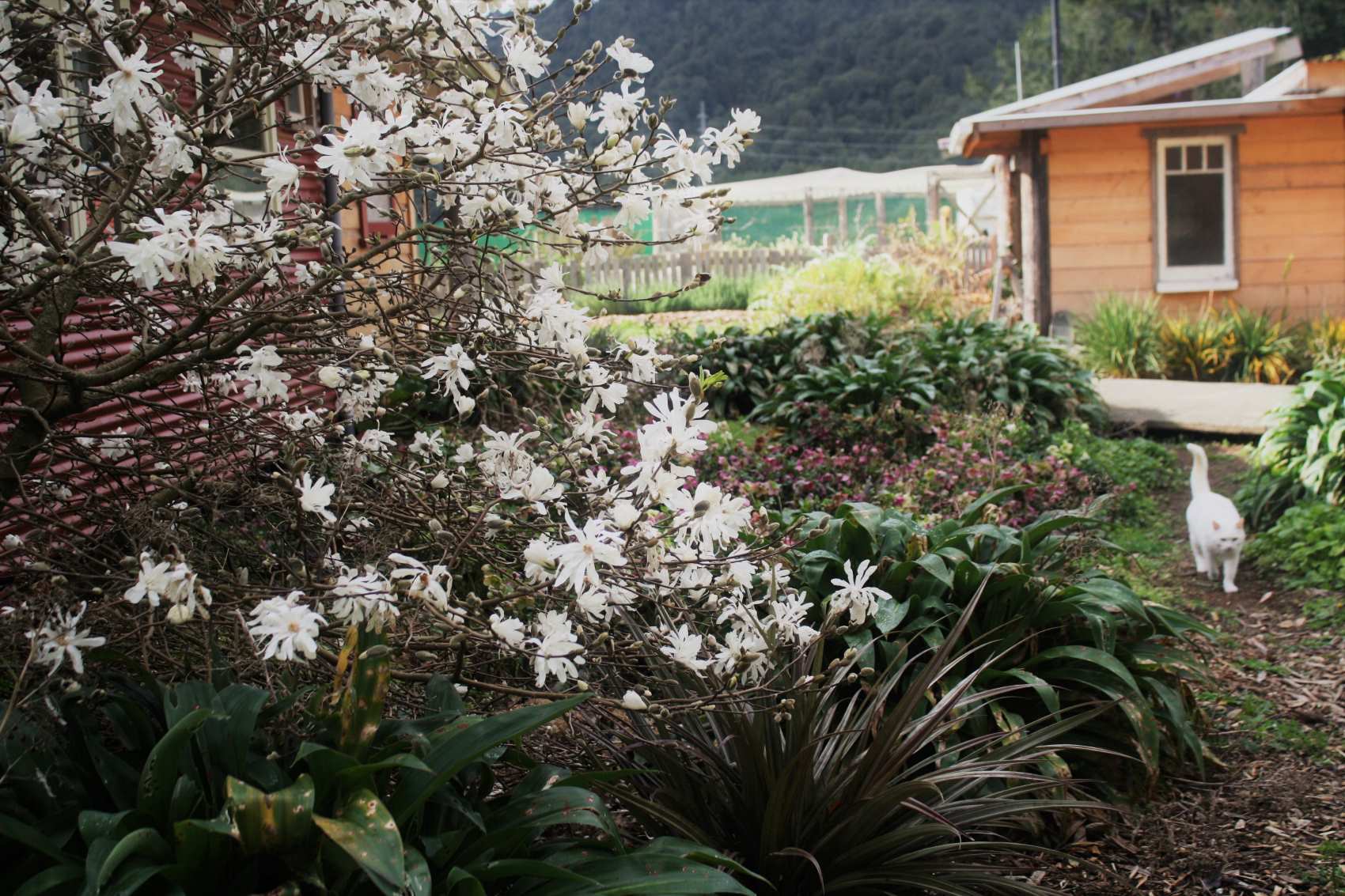
Use areas of winter shade for
- tool sheds, water tanks and garages
- winter dormant perennials
- shade loving natives like kawakawa, or perennials like hellebores
- deciduous fruit trees and shrubs like currants and berries, as long as the sun is back on them by late winter when they gear up to bud.
- brassicas, hardy leafy greens and parsley are good with semi shade not total shade
Soggy ground
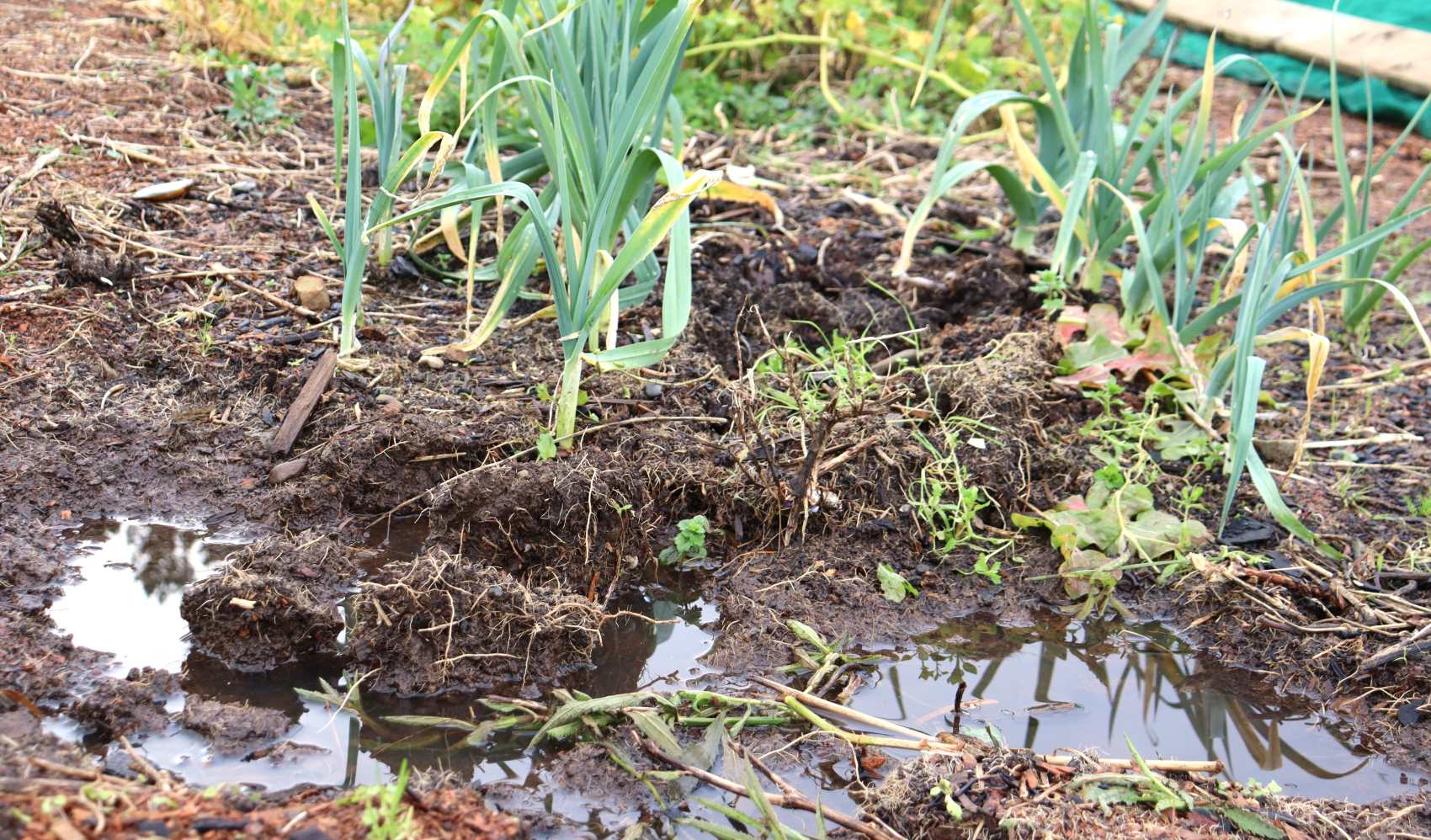
Soggy ground and standing water are a key mystery you must unravel! Soil health goes backwards at the rate of knots and apart form wetland plants - nothing does well on poorly drained ground - not humans, food plants or animals.
If you have puddling, flooding or water tracking where it shouldn't, use this winter to sleuth it out - where does it come from? Often its simple like broken guttering or an overflow that hasn't been sorted. Whatever the issue, here's my easy solutions, but first, you need to figure out the source which is as simple as following the water. If its unclear, go out when its raining.
Winter wisdom
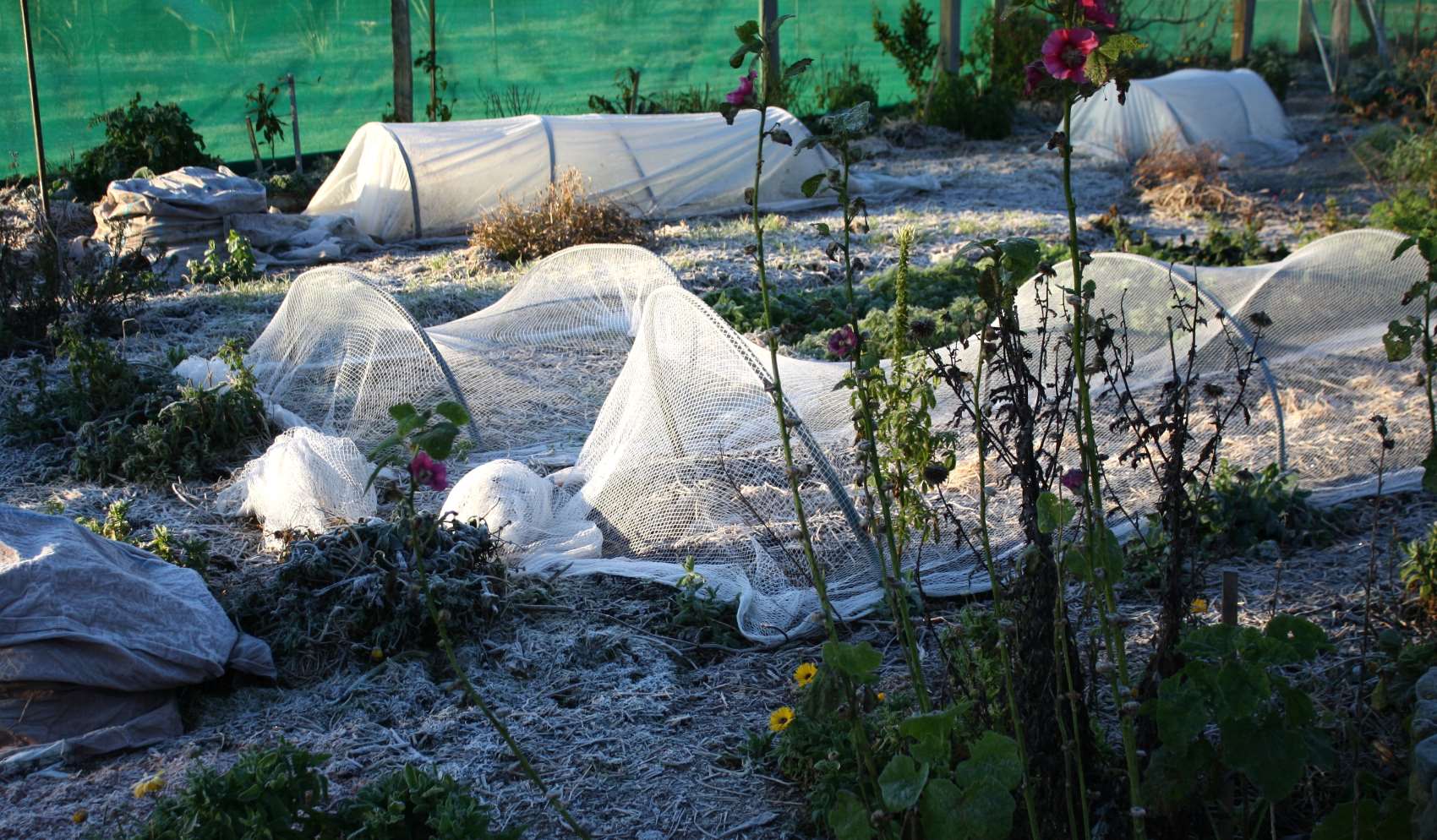
Get to know the light + dark, the wet + icy, the strength and temperature of your winds, in the easiest of ways by observing your land in all the nooks and crannies, as you go about your daily life: walking out to the car, hanging the washing, shooting hoops with your kids, feeding the chooks, harvesting dinner... all those moments add up to a most useful sum of knowledge.
